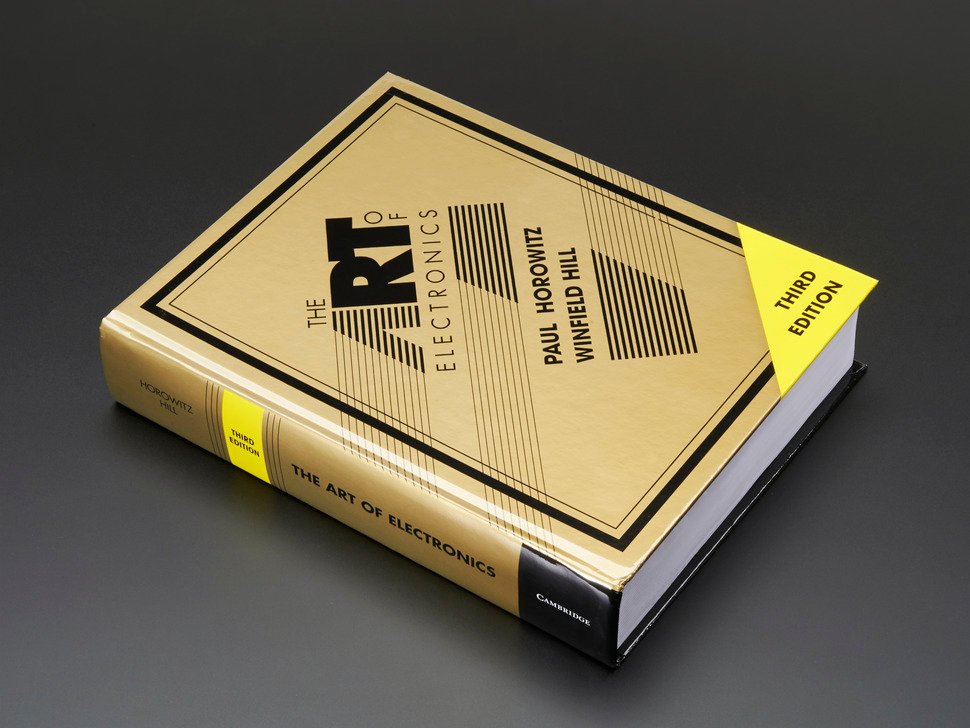6 Essential Electrical Engineering Books
If you are starting an electrical engineering course, is it considered bad practice to start studying before the course starts?
Electrical engineering principles are well established, and it is unlikely they will change during your course or even your lifetime. So, there is no harm in getting a head start or revising what you already know from your last electrical engineering course. It’s not considered bad practice if you are attentive in class.

Contents
What books should you read for your electrical engineering course?
Books that fill the knowledge gap. It depends on your level of experience within the electrical engineering world, but you should start with the basics for the new students.
Here is a list of recommended books for any electrical engineer at any stage of their career:
Electrical engineering without prior knowledge: Understand the basics within 7 days (Become an Engineer Without Prior Knowledge)
Suppose you are rusty about the basic principles of electrical engineering. In that case, this book is a must for the newbie student and the experienced electrical engineer who needs a refresher once in a while.
This book will remove the challenges of understanding electric current, voltage, and energy principles.
The book covers direct current technologies and alternating current technologies to give you a clear understanding.
There are real examples and exercises to monitor your performance as you progress through this book.
Why is this book recommended?
- It gives real-life examples and covers the most important areas of maths and physics for the course.
- The book covers Power, current and voltage in easy to understand language.
- The book includes real electrical diagrams with notations and layout.
- The use of resistors and capacitors is essential for circuits.
- A circuit you can rebuild and understand.
- The book delves into real-life applications to give the student in-depth knowledge of why certain components are used or excluded.
Benjamin Spahic (Author)
Beginner’s Guide to Reading Schematics, Fourth Edition (ELECTRONICS).
Just because this is a beginner’s guide, don’t be fooled. It’s a wonderful resource for the revision of everything that you have forgotten about reading schematics.
The beginner guide to reading schematics will lead you through schematics and circuit designs in a step by step guide for your complete understanding.
It will show you what’s relevant and obsolete as you navigate your way through this essential guide.
If you want to create high-end electronics, you cannot afford to miss this book. The book will lead you through the best techniques and practices.
The book also covers basic circuit designs to complex circuits with an easy-to-understand explanation of all circuits.
Stan Gibilisco (Author)
Electronics for Absolute Beginners
To some students, the thought of electrical engineering and electronics can be daunting. This book was written with those students in mind.
This ab initio guide is designed for those without prior knowledge and will lead the student in a step by step guide to understanding circuits.
If resistors and diodes are your Achilles heel, then this book will explain in easy to understand terms how to utilise these components in a circuit and how they affect the final outcome.
This book will give you the basic knowledge to move through your course with confidence as you grasp the basics of electronics and electronic design.
Components exist and what they are used for. You will also learn how to combine such components with building electronics circuits.
The book has a well thought out logical flow to help students with no experience gain a basic understanding of electronics.
The book is laid out in two parts, 1, an introduction to basic electronics 2, how to design and understand simple circuits.
Philip Dixon (Author)
The Art of Electronics – Third Edition
The long-anticipated third edition of the Art of Electronics follows the acclaimed and successful The Art of Electronics.
This book is recognised as being the authority for electronic circuit designs and is a must-have book for any electrical engineer.
The book has been in demand so much that it has been counterfeited, so only purchase this book from a reputable outlet.
The book includes oscilloscopes and screenshots of behavioural intricacies of electronic circuits.
Data measurement in the form of easy to understand graphs makes this book a compelling purchase for any electrical engineer.
A list of 1650 active components can be incorporated into an electronic circuit.
The informal way the book has been written has made this book the gold standard in electrical engineering that others wish they could emulate.
The Art of Electronics is an indispensable guide to both students, teachers and established electrical engineers.
By Paul Horowitz (Author), Winfield Hill (Author)
PIC16F1847 Microcontroller-Based Programmable Logic Controller: Intermediate Concepts 1st Edition
This volume published in 20202 is for the intermediate electronics engineer who has advanced to programmable logic controllers.
This volume gives a deep look at what is needed to control circuits, from arithmetical abilities to intermediate concepts of PIC16F1847-based programmable logic controllers.
Learn how to send signals from one circuit to another through demultiplexer circuits that are clearly depicted and illustrated.
The book explains decoders and priority encoders with macro conversions.
Easy to understand flowcharts support all theories for the PLC priority encoders.
The book is aimed at those undertaking research, and graduate students in electrical engineering, power electronics and robotics.
Murat Uzam (Author)
Engineering Notebook: Quad Ruled, 0.25″ Lab Grid Format Paper | for Maths, Science, Physics | Composition Notebook Graph Paper for Students & Teachers Paperback
Hey, don’t shoot the messenger! How many times do you take the wrong notebook into the classroom? Daily would be an easy answer.
This notebook gives lab grid format paper essential for the electrical engineer to take accurate notes of schematics.
It’s a great resource for students and teachers.
Quad ruled 0.25″ Lab Grid Format
- Size 8.5 x 11 inches
- High-quality print
- Great glossy covers design
- 103 pages.











